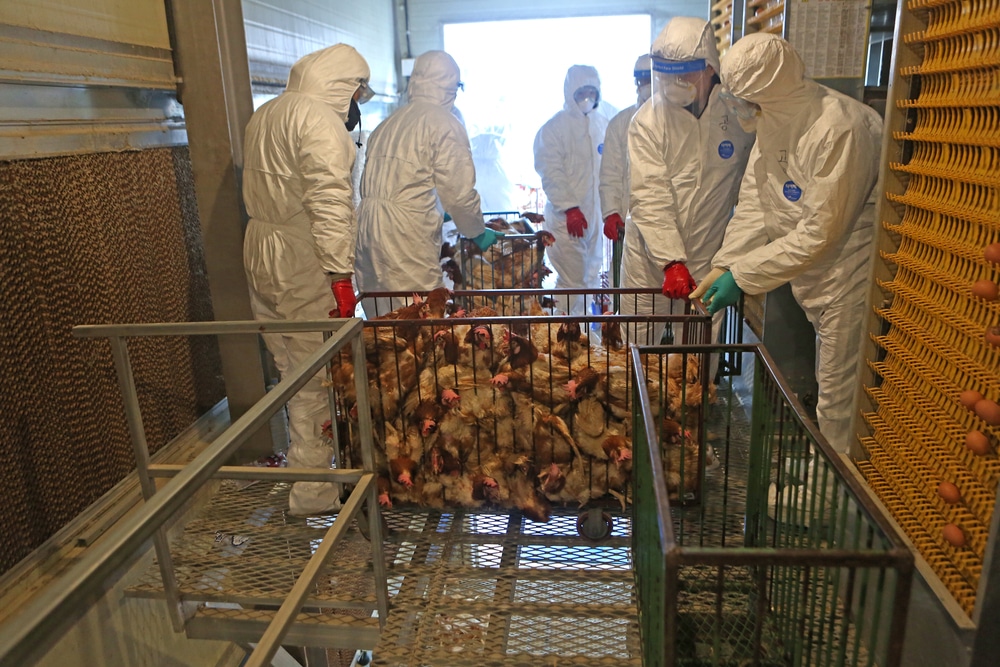Cases of Eurasian H5 Highly Pathogenic Avian Influenza (HPAI) were detected in domestic flocks in New York and Indiana in recent days, as the bird flu continues to spread in North America and around the world.
A small, non-commercial backyard flock in Suffolk County, New York, tested positive for HPAI on Saturday. The flock, consisting of eight birds, will be euthanized to prevent the spread of the virus and will not enter the food system.
The New York Department of Agriculture encouraged poultry producers to take extra steps to protect flocks and called for poultry’s outdoor access to be limited. Additionally, another outbreak of Eurasian H5 HPAI was detected in a commercial flock of turkeys in Indiana, the fourth such outbreak in the state this season. In total, 118,673 commercial turkeys have been affected by the virus in Indiana this season.
The new New York appearance of HPAI is the latest in an “oh cluck” saga that’s been going on throughout this Winter. Back in November 2021, I covered for Forbes various avian influenza outbreaks that were occurring in Europe and Asia. This led to some more drastic measures such as culling and poultry lockdowns.
Of course, as seen with other infectious diseases, what happens in other countries doesn’t necessarily stay in other countries. With many birds making trans-Atlantic and trans-Pacific flights, it wouldn’t be too difficult for Europe and Asia to give the U.S. the bird, the bird flu that is.
Therefore it wasn’t too surprising when the USDA APHIS issued a press release on January 18, 2022, describing how H5N1 HPAI had been detected in wild birds in Colleton County, South Carolina, and Hyde County, North Carolina. Then on February 9, the USDA APHIS talked turkey after HPAI had been found in a commercial turkey flock in Dubois County, Indiana.
This was the first appearance of HPAI in a U.S. commercial flock since 2020. In response to these findings, the USDA APHIS indicated on February 11 that they were expanding avian influenza surveillance of wild birds traveling across the Atlantic and Pacific Flyways and adding those traversing the Mississippi and Central Flyways.










